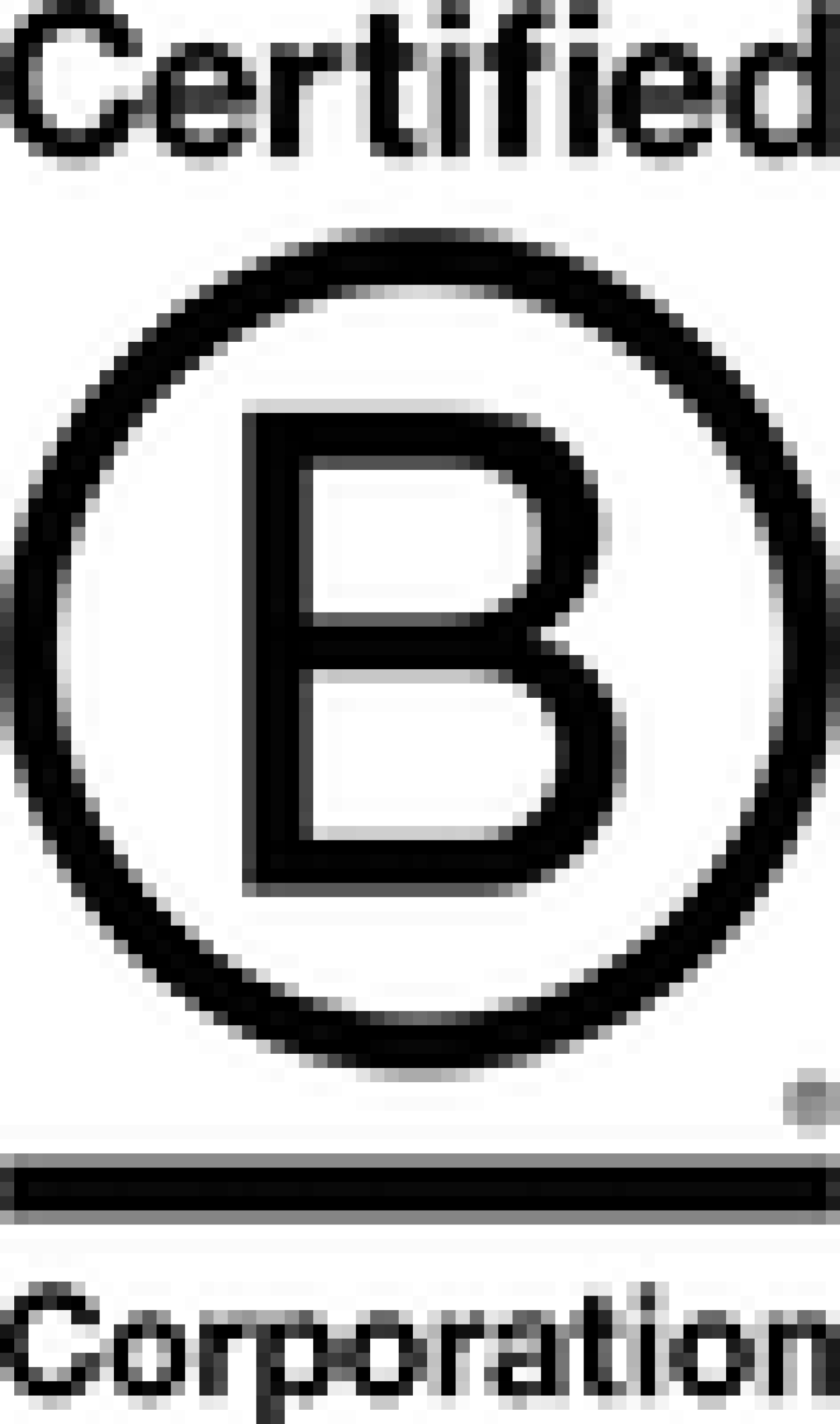How to Provide Effective Quality Assurance

Quality assurance, or in short QA, is an important step in every project development. The process consists of inspecting whether the specified requirements have been met, the finished product matches the design and works on various browsers and a variety of screen sizes. Thorough QA ensures the best quality of work.

In order to prevent most (if not all) bugs or discrepancies that can lurk in, it's good to have multiple levels of controlling the quality of the project.
1. PR [Pull Request] Reviews
Every chunk of work that has been completed is reviewed by another developer. This practice ensures that errors can be spotted and amended early on. Visuals, functionality and quality of code are checked during the review.
2. Internal QA
After the development phase has been completed, a comprehensive internal QA is then scheduled to track down and fix any remaining snags. This task is preferably carried out by a developer who did not work on the project. A pair of 'fresh eyes' helps to spot any design discrepancies, and a lack of familiarity with the project can validate good user experience and overall usability.
The purpose of internal QA is to detect inaccuracies and log them in a project management program to be actioned by the development team afterwards. Good communication skills and use of applications like Loom assure recognised errors can be quickly identified or recreated and fixed.
The best QA is done by not assuming anything and checking every possibility. Designs are examined and compared against every page, feature and block. We check if all designed elements have been created; their layout, typography, font sizes, line heights, colour palette, spacing between elements, borders, icons, shadows, etc.
Interactions (like a hover effect, or what happens when you click a button or a link) are checked and accessed via different browsers and devices, as some bugs can be browser specific.
Apart from inspecting visual aspects, making sure that the website is accessible for everyone - including users with assistive technologies or keyboard navigation - is an important part of QA. Web Content Accessibility Guidelines (WCAG) provides comprehensive documentation on this subject.
Online tools, like a colour contrast checker, provide helpful support in verifying accessibility. The Internet is for everybody and should be inclusive for all.
Interactive features, for example forms, are examined to see if they provide enough user feedback.
Google Lighthouse report is another great tool providing an audit of performance, accessibility, best practices and SEO.
If the project has an admin panel, a thorough check is completed there too, ensuring the requirements have been fulfilled and the system is working as expected.
Depending on whether the copy has been provided at this stage, the content will also be examined during the internal QA.
Thorough testing can take some time, however it's worth scheduling that time during project planning, as it will affirm smooth launch.
More Articles

Laracon US 2025 recap: What “Laravel Boost” means for your website
Laravel Boost brings safer, Laravel-aware AI into your project. It gives assistants real context like routes, schema, logs and versioned docs so small features ship faster, code stays consistent and debugging gets clearer.

Laravel Agency Pricing Models Explained (Fixed, Retainer and Time & Materials)
Why the cheapest quote could cost you more

Laracon US 2025 recap: Pest 4 and why it matters for your website
Pest 4 brings faster, more reliable testing to our Laravel projects with Playwright browser checks, visual regression tools and smarter diagnostics, helping us catch issues early, ship confidently and keep your product stable and high-quality.

